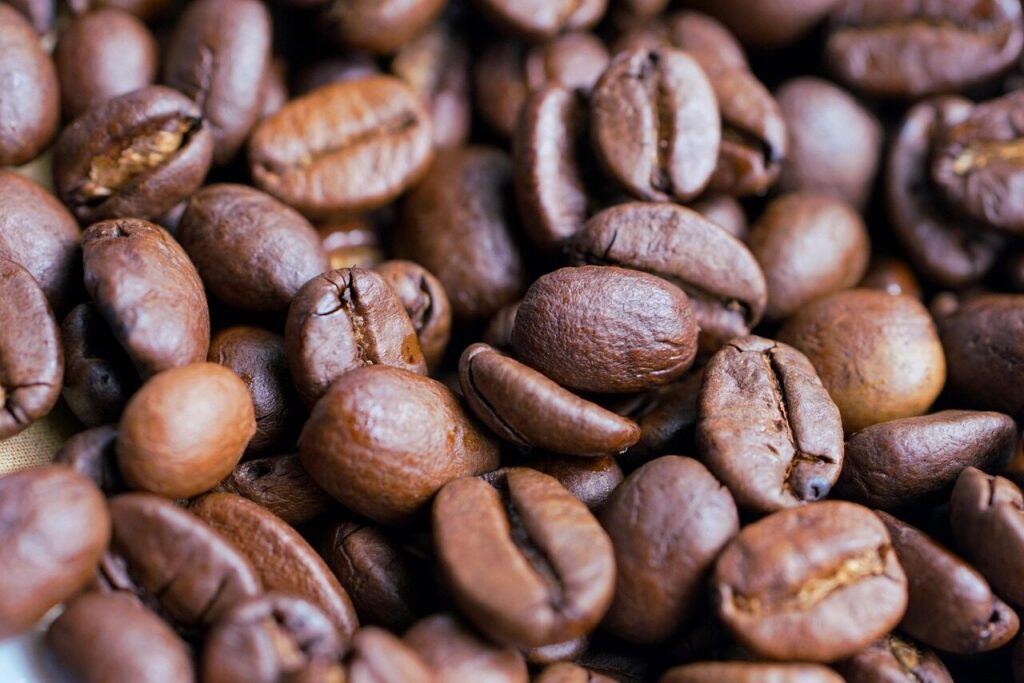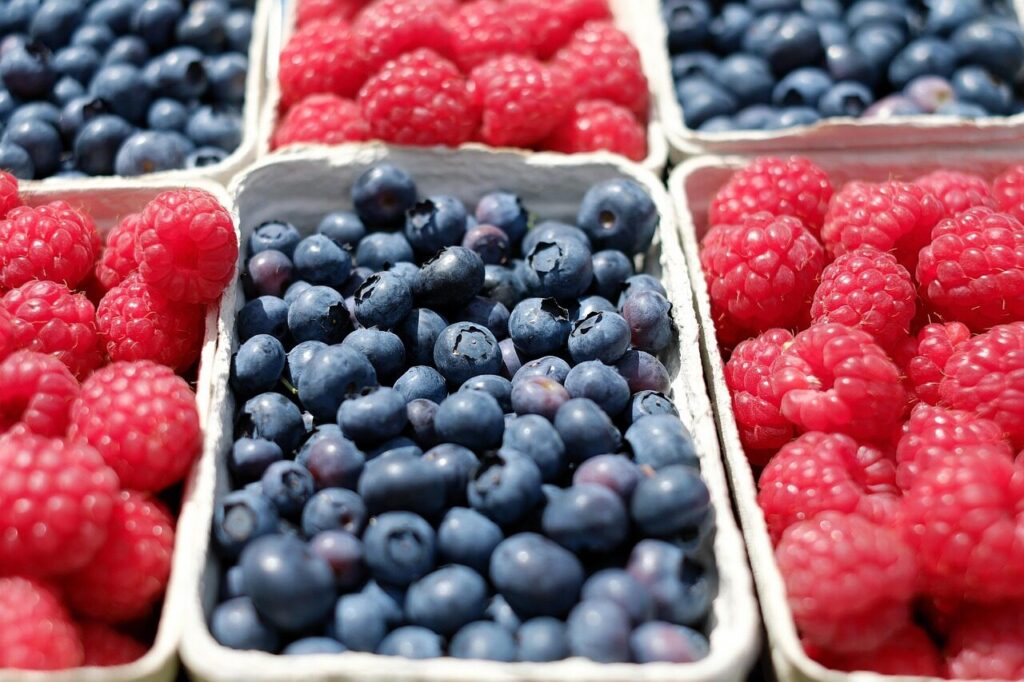Grocery prices across the United States have been climbing steadily, putting a noticeable strain on household budgets. While inflation has eased in some areas, certain food categories continue to rise faster than average. Everyday essentials such as meat, dairy, coffee, and fresh produce have become more expensive due to factors like extreme weather, supply chain challenges, and increased production costs. Even small percentage increases add up, especially for families managing fixed incomes. Understanding which foods are most affected helps shoppers plan meals more efficiently and find alternatives without compromising nutrition. Here are twelve food categories currently seeing significant price surges and their latest percentage increases.
1. Eggs

Eggs have seen one of the sharpest price increases, rising about 10.9 percent over the past year. This surge is primarily linked to avian flu outbreaks that reduced the number of egg-laying hens nationwide. In addition, higher feed and transportation costs have contributed to the overall rise. Because eggs are a breakfast staple and a common ingredient in baking, even small jumps in cost have a noticeable impact on grocery bills. Shoppers have adapted by purchasing in bulk or choosing store brands to reduce spending while still keeping this versatile protein in their diets.
2. Beef and Veal

Beef and veal prices have climbed approximately 13.9 percent year over year, making them some of the most affected protein sources. The increase is largely caused by reduced cattle supply, higher feed expenses, and strong consumer demand. Drought conditions in cattle-producing regions have also driven costs upward by reducing available grazing land. For many families, beef is a key component of weekly meals, so the rising price often leads to buying smaller portions or switching to other protein sources like chicken or pork. The impact is particularly felt by restaurants and consumers who value premium cuts.
3. Coffee

Coffee prices have surged by about 20.9 percent, one of the steepest jumps among pantry staples. The main reasons include extreme weather in coffee-growing countries, higher shipping expenses, and labor shortages. With global demand staying strong, limited supply has only intensified the problem. For many Americans, coffee is a daily ritual, making this habit hard to avoid. Some have responded by purchasing more affordable brands, brewing at home instead of visiting cafes, or buying larger containers to save in the long run. Still, coffee’s rising cost continues to affect both household and commercial budgets.
4. Fresh Vegetables

Fresh vegetable prices have increased by roughly 2.9 percent year over year, with some varieties experiencing sharper spikes due to droughts and transport disruptions. Leafy greens, tomatoes, and onions are among the most affected. Weather events and higher fertilizer costs have made growing conditions more expensive for farmers, which translates into higher retail prices. For households prioritizing nutritious meals, these changes can be challenging. Many consumers are turning to frozen or canned vegetables as a cost-saving measure while still maintaining access to essential vitamins and minerals in their daily diets.
5. Nonalcoholic Beverages

Prices for nonalcoholic beverages, including juices, sodas, and bottled water, have risen around 4.6 percent. The increase is attributed to higher production costs, packaging materials, and transportation fees. Aluminum cans, plastic bottles, and sugar are all more expensive than they were a year ago, pushing up the final retail price. Consumers who regularly purchase beverages for home or on the go feel the difference most strongly. Some are opting for reusable water bottles or making homemade drinks to cut costs. Although the increase seems moderate, it still contributes to the broader trend of inflated grocery totals.
6. Sugar and Sweets

Sugar and sweets have experienced a 5.3 percent increase in price, reflecting the broader effects of higher energy and shipping costs. Chocolate, candy, and other sugary treats rely on imported ingredients like cocoa and sugar, which have all become more expensive. For many families, these items fall into the “occasional indulgence” category, meaning price hikes may lead to fewer impulse purchases. Still, demand for sweets tends to remain strong, especially during holidays. Manufacturers are adjusting by offering smaller packages or reformulated products that use alternative ingredients to keep prices within consumer reach.
7. Pork

Pork prices have gone up about 1.2 percent over the past year, a smaller increase than beef or poultry but still a factor in rising grocery costs. The price movement is driven by feed expenses, labor costs, and moderate demand. Because pork is a versatile protein used in a variety of dishes, even slight increases affect meal planning. Consumers are responding by comparing brands and exploring cheaper cuts. Although the rise may not seem dramatic, consistent price pressure across multiple staples amplifies the feeling that grocery budgets are tighter than ever.
8. Poultry

Poultry prices have risen about 1.7 percent, with costs for chicken and turkey slightly elevated compared to last year. The increase stems from feed prices, disease outbreaks, and transport issues affecting poultry farms. Because chicken is a widely used and relatively affordable source of protein, even minor price changes are noticeable. Many families rely on poultry as an alternative when red meat prices climb, so rising poultry costs narrow budget flexibility. While prices are expected to stabilize later, shoppers continue to seek promotions or larger family packs to keep costs manageable.
9. Bread and Bakery Products

Bread and baked goods have seen about a 13 percent increase, largely due to higher wheat and energy prices. The cost of flour, packaging, and fuel has affected nearly all bakery products, from sandwich loaves to pastries. Bread is a staple in most households, meaning price hikes are difficult to avoid. Bakers and grocery stores have tried to manage the impact by offering smaller loaves or adjusting recipes, but consumers still feel the pinch. For budget-conscious families, switching to store brands or buying in bulk has become a common way to save.
10. Dairy Products

Dairy products, excluding butter, have risen around 12 percent compared to the previous year. Milk, cheese, and yogurt prices continue to climb because of increased feed costs, transportation challenges, and strong consumer demand. Dairy is a household essential, so even slight changes are noticeable over time. While many shoppers still buy their usual brands, others have turned to powdered milk or non-dairy alternatives for relief. The rising cost also affects cafes and bakeries that depend on dairy ingredients daily, making it one of the most widely felt increases in the food sector.
11. Fresh Fruits

Fresh fruit prices have jumped approximately 9 percent, driven by weather-related supply disruptions and longer transportation routes. Seasonal fruits like berries and citrus have been particularly affected by droughts and shipping delays. Because fruits are key to a healthy diet, consumers face a difficult choice between paying more or buying less. Many households are switching to local or in-season produce to stretch their budgets. While the rise may fluctuate by type of fruit, the overall upward trend continues to contribute to higher grocery expenses nationwide.
12. Cooking Oils and Fats

Cooking oils and fats have recorded one of the more sustained increases, with prices rising around 8 percent compared to last year. Global shortages in vegetable oils, especially palm and sunflower oil, have pushed up costs along the supply chain. Additionally, higher fuel and packaging expenses contribute to the overall price surge. Because cooking oils are a daily necessity, consumers often notice the impact immediately. Some households have begun exploring alternatives such as olive oil blends or reduced-fat options to cut expenses without sacrificing quality in home-cooked meals.
Comments